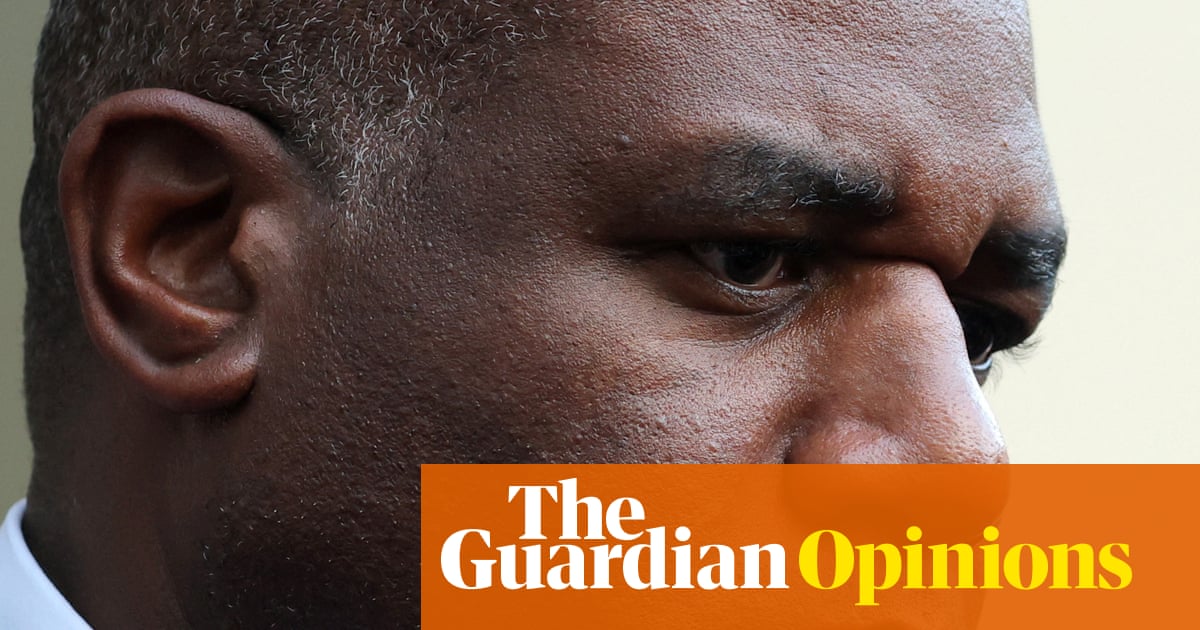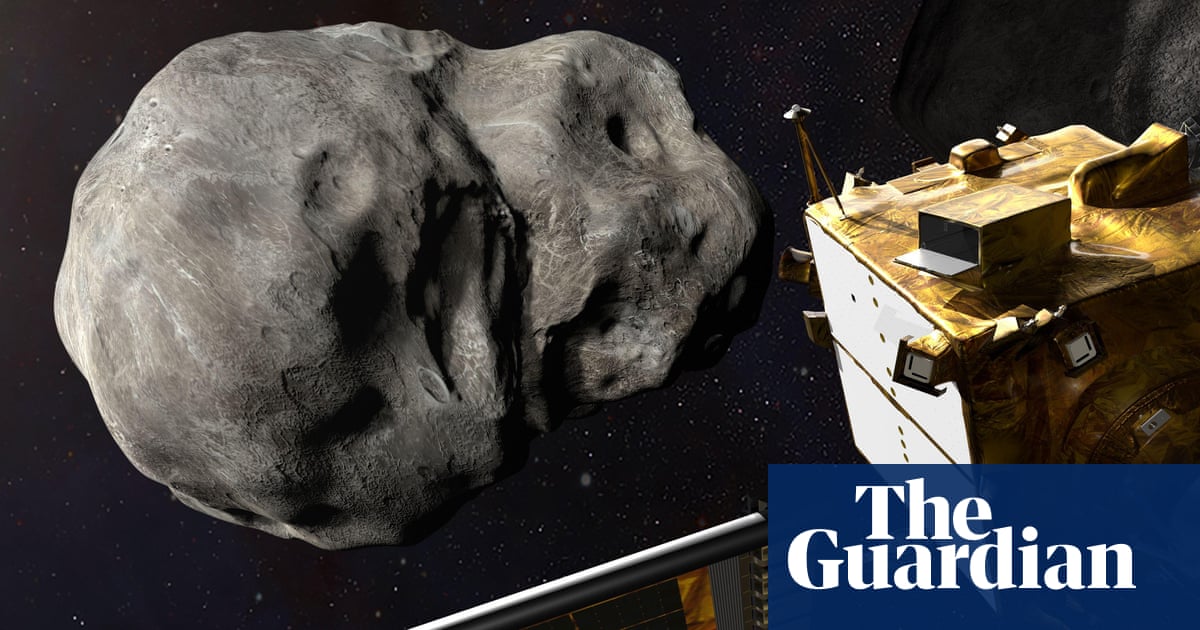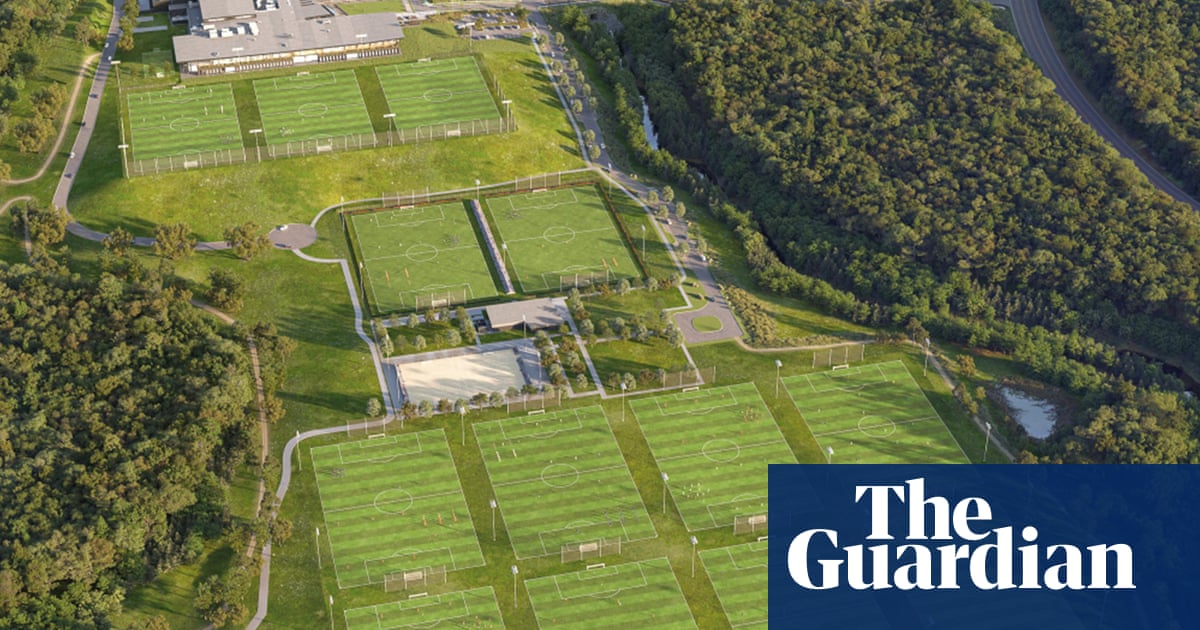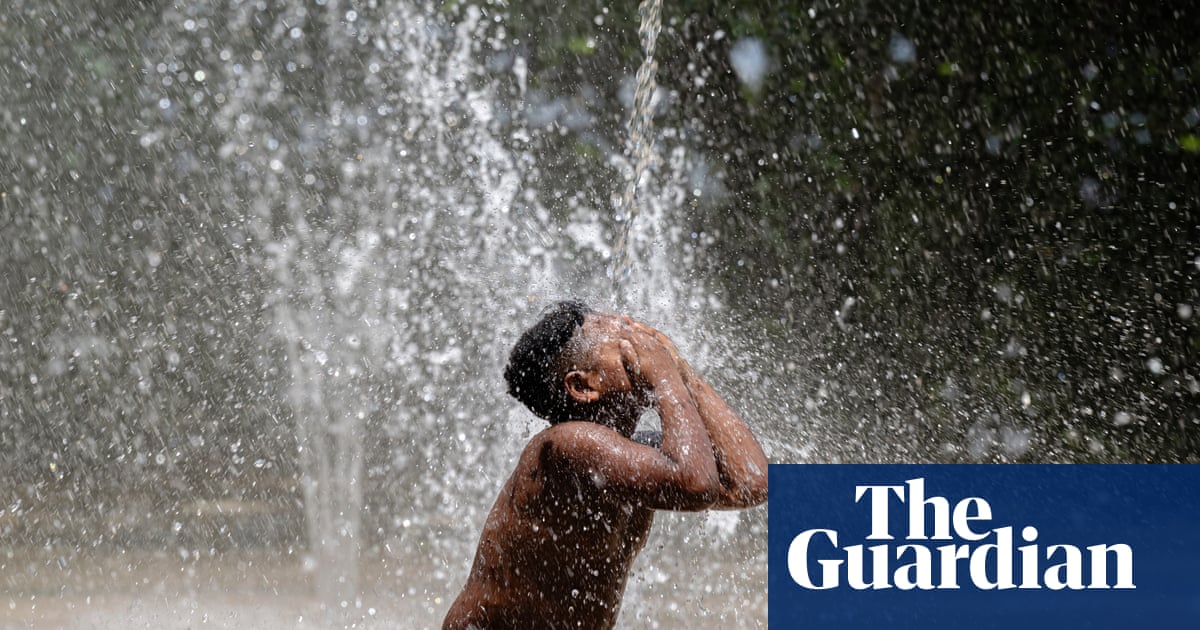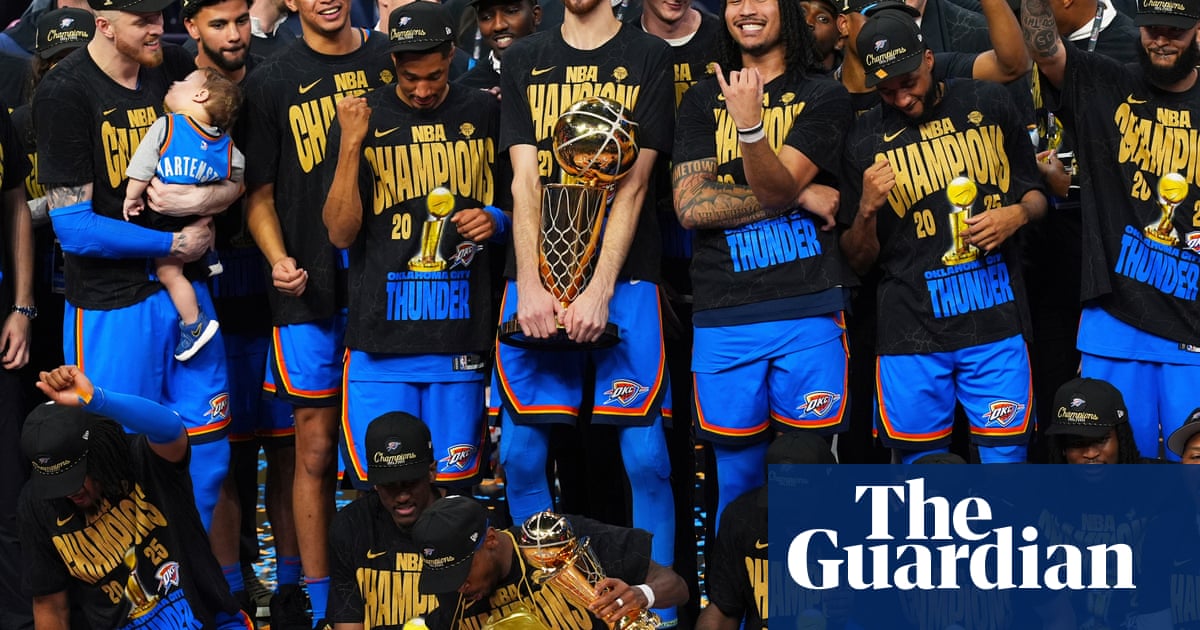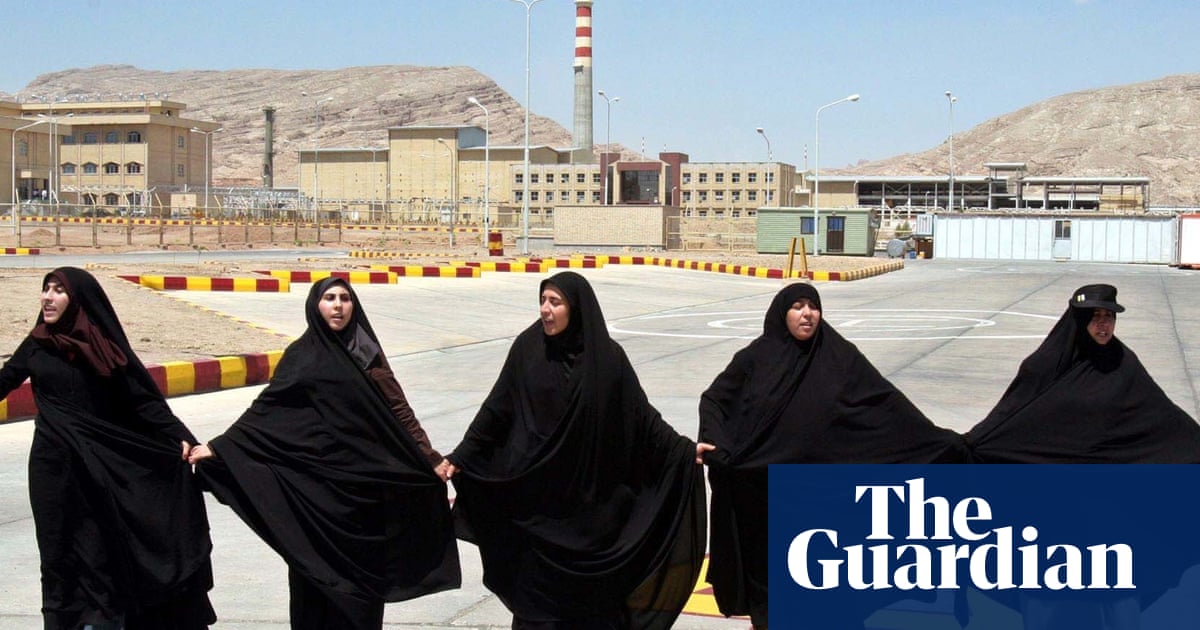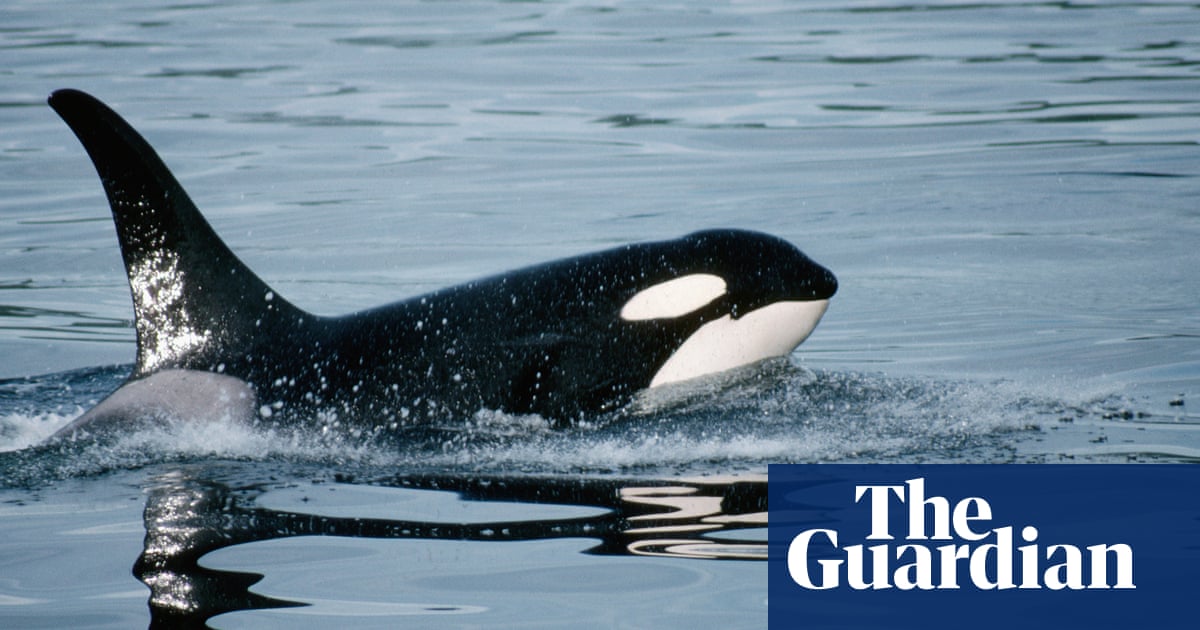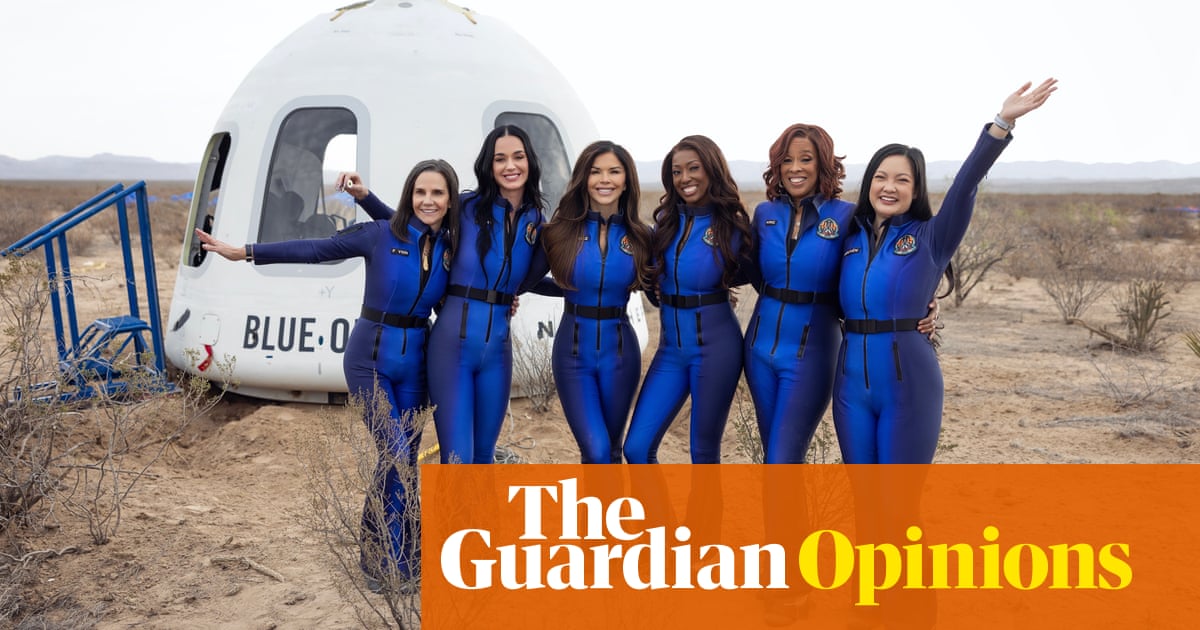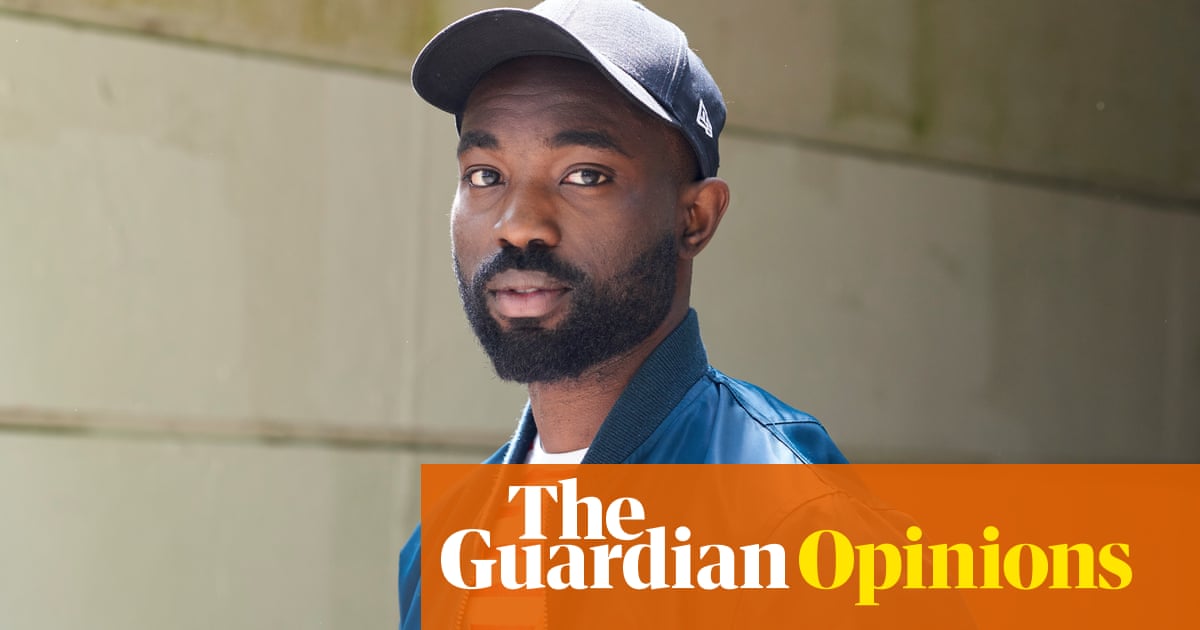Each year, Stab, a surf media outlet with a cult online following, pulls together a video edit of the best waves of the past 12 months. “Best” is of course a subjective measure, but the compilation typically features some of the best surfers in the world pulling big turns, big airs and into big barrels. The 2024 edition, released last month, was no exception: the likes of three-time World Surf League champion John John Florence, surf icon Kelly Slater and American prodigy Caity Simmers all made the cut.
But for those watching closely, it was another name that stood out in the 24-wave edit. Featuring not once but twice was Milla Brown, a 17-year-old from the northern beaches of Sydney. Brown has not yet graduated high school, but her name is suddenly in illustrious company.

Speaking to Guardian Australia, Brown is quick to downplay the achievement. “It’s definitely been a goal of mine to get a bit more recognised, for the past year now,” she says. “But I don’t know, I just went on a couple trips hoping to get some good waves, and I ended up getting some really good waves.”
Despite Brown’s modesty, the clips were all the more noteworthy for demonstrating her prowess in two areas at the frontier of women’s professional surfing. A decade ago, it was unusual to see airs being attempted in women’s competition; now an emerging generation are matching their male counterparts in aerial ability. And until recently, women’s events were rarely held at heavy, barrelling waves – the women’s WSL competed at Pipeline, in Hawaii, for the first time in 2020, and returned to Tahiti a season later following a near two-decade hiatus.
“It’s pretty cool, because it’s starting to become a pretty normal thing now for girls to be doing big airs and getting big tubes,” says Brown. “It’s super cool that WSL is backing that by putting the girls out at Teahupo’o [in Tahiti] and Cloudbreak [in Fiji], so they can prove to everyone that it is possible for girls to do it too.”

Together with Simmers, who won her first WSL crown last year, Australian prodigy Sierra Kerr and Canada’s Erin Brooks, who is making her WSL debut this season, Brown is part of an exciting new generation of female surfing talent (the quartet are all under 20). “I definitely get pushed a lot by girls like Sierra Kerr and Caty Simmers and stuff,” Brown says. “It’s definitely cool to be leading that charge alongside some amazing female surfers.”
Brown, who is also a talented skateboarder having spent a brief stint with Australia’s Olympic development squad, has been surfing since she was two. Or, as she put it more bluntly in the opening to her breakthrough edit, “straight outta the fucking womb”. Brown’s father surfed, and her older sister started surfing. “I didn’t want her to be doing something that I wasn’t,” she says.

But it was only in recent years that Brown’s prodigious talent translated to competitive success. Competing in under-12 and under-14 events, Brown found herself coming up short. “I was just getting smoked by everyone else,” she says. Then, a few years ago, she won an under-16 competition. Soon, she was state champion for her age. Last year, Brown won the national under-18 title.
Brown has begun to try her hand at the difficult qualification pathway to the WSL – competing in a handful of third-tier, qualifying series events. But the Australian insists she is in no hurry to reach surfing’s top table. “Definitely this year I’m going to focus on free surfing, putting out a good film, getting good clips,” she says. “The year after, I guess I’ll see what I’m thinking of doing – whether I want to try [to] qualify for the tour or not.” Last week, it was announced that Brown had won a high-profile, invite-only competition, National Selection Surf, at a remote break in Micronesia.
While some elite surfers have always opted to shun the competitive pathway, it has become increasingly normalised for surfers to earn a living without the pressure of the WSL calendar. “It’s definitely possible just to free surf, even forever – you don’t have to do the tour thing,” Brown says. “You can make a living out of that and get way better waves than anyone on tour.” Not that the teenager is ruling out a tilt at the WSL. “I definitely enjoy the competitive side,” she adds.

Brown comes of age at a time of rapid advancement towards gender equality in surfing. In 2019, the WSL introduced equal prize money and in 2022 the governing body consolidated the men’s and women’s tours into an integrated competition. The world’s best now compete in the same location, in the same window, at every competition. Last year, the women starred during huge Tahitian conditions.
after newsletter promotion
“They’re definitely proving they deserve equal prize money,” Brown laughs. “Most people enjoy watching the girls more than the boys – the people I talk to. It’s driven major eyeballs on women’s surfing, which is pretty cool.”
Surfing has long harboured a misogynist undertone; women’s competitive surfing was overlooked and underfunded for decades, with female surfers valued for their looks rather than their tube-riding. In an interview with Stab last year, Brown made a pointed comment about the industry’s past and lingering present. “No, I don’t post on TikTok,” she said. “I can’t deal with the dancing chicks and guys thinking they’re really hot, doing all the selfie stuff.”
“I reckon definitely just let your surfing do the talking,” Brown says. “Not that long ago, women’s surfing contracts would be mainly for modelling and bikinis. Of course if you want to do that, it’s completely fine. But now you have a choice. Now people are just getting sponsored for the surfing, which is super cool to see.”
That evolution is in large part thanks to decades of campaigning by pioneering female surfers. Brown is quick to pay tribute to those who came before her. “I’m super grateful for those that turned women’s surfing into the sport it is today,” she says. “Back then equal prize money didn’t feel realistic, but [those pioneers] worked super hard for girls’ surfing. People like that are pretty special; they’re the reason why girls surfing is a thing today.”

With her aerial ability and fearless tube-riding, Brown seems destined for big things – whether or not she pursues a career in the WSL. She has a more immediate priority, though; at 17, Brown has a year-and-a-half of high school remaining. She is home-schooled, which the teenager says makes it easier to juggle (Brown has spent her summer holidays surfing in Micronesia). “It’s still hard, to do school and surf at the same time,” she admits.
A tilt at the WSL, gender equality in surfing, high school exams – Brown has a lot on her mind. But the teenager says that, when she finds herself inside a cavernous barrel, she only has one thought. “Don’t fall.”

 3 months ago
82
3 months ago
82


